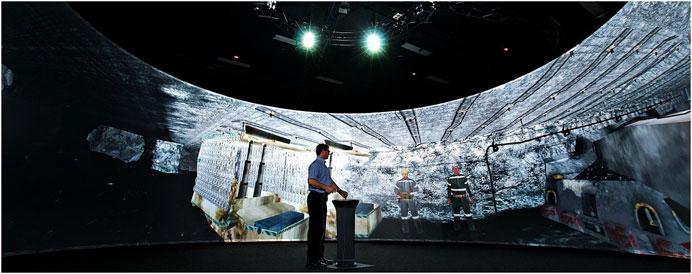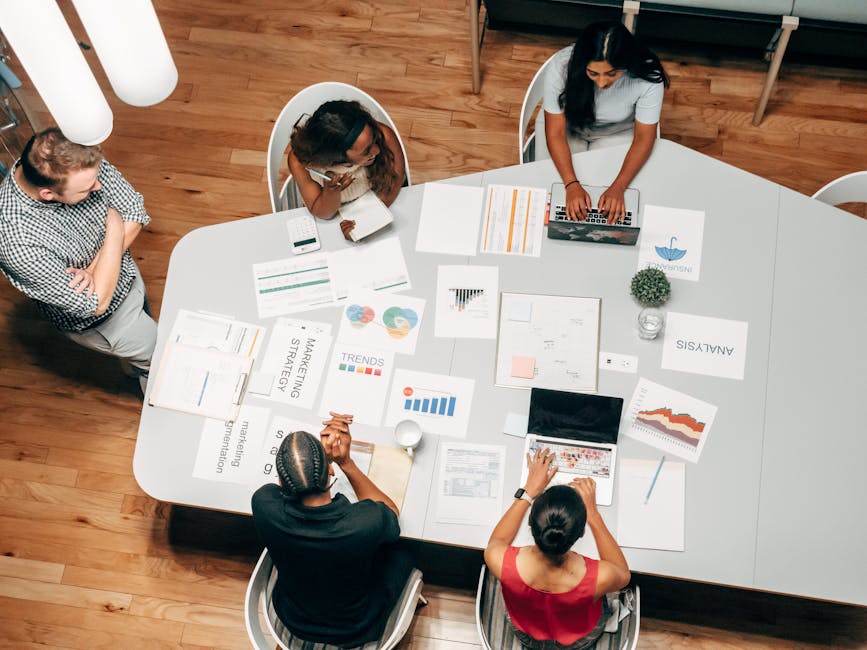Artificial Intelligence is reshaping how we create and interact with art. From transforming data into visual experiences to redefining music composition, AI is becoming an integral part of artistic expression. This integration challenges traditional notions of authorship and ownership, prompting new ethical and legal considerations. As we explore this evolving landscape, the collaboration between human creativity and machine intelligence offers both opportunities and challenges.
AI and Arts Practice
AI isn't just a tool; it's a collaborator in artistic creation. Artists like Trevor Paglen use AI to reveal hidden layers in society through surveillance camera imagery, challenging our perception of reality. Refik Anadol transforms urban data into mesmerizing visual and audio experiences, redefining our interaction with information.
In mixed media, Mario Klingemann uses neural networks to create evolving portraits, highlighting the shift from singular authorship to a blend of human intention and machine execution. This raises questions about ownership and authorship in AI-generated art.
Interactive installations by artists like teamLab create immersive environments where AI responds to human presence, transforming the viewing experience from passive observation to active participation. In music, Holly Herndon's AI vocal collaborator "Spawn" redefines composition by rearranging vocal samples into unique symphonies.
These developments in AI and art are reshaping our interpretation of tradition, blurring the lines between:
- Creator and tool
- Viewer and participant
As we explore this evolving landscape, the dialogue between humans and machines enriches artistic expression, pushing the boundaries of what art can be.

AI for Cultural Heritage
AI is revolutionizing cultural heritage preservation and accessibility. Projects like Transkribus use deep neural networks to recognize handwritten texts, making ancient documents searchable and accessible. In image classification, AI analyzes vast catalogs of artwork, identifying styles, subjects, and materials used.
Semantic image segmentation helps categorize elements within images, aiding in the monitoring and preservation of historical sites. At Bothwell Castle in Scotland, this technique tracks vegetation growth through visitor photographs, ensuring the castle's preservation.
These projects merge computational power with curatorial expertise, sometimes revealing biases or inconsistencies in established taxonomies. While ethical questions about representation and ownership arise, combining human insight with AI's analytical capabilities can enhance our understanding and respect for cultural heritage.
"AI's abilities extend to entire collections, encouraging public participation and interaction. This transforms archives into dynamic entities that preserve history while engaging and educating, democratizing access and sparking curiosity worldwide."
AI in the Creative Industries
AI is making waves across creative industries, acting as a collaborator that expands artistic possibilities. In music, AI vocal collaborators like Holly Herndon's "Spawn" create unique soundscapes. Visual arts see AI-driven creations through collectives like MADE THIS AI, sparking discussions about technology's impact on creativity.
In advertising, AI enables personalized experiences, as seen in Nutella's campaign generating millions of unique labels. BMW's projection of AI-generated art onto cars showcases how companies use AI to craft compelling visual stories.
Theater and performance art are exploring AI-enhanced interactive spaces where technology and human performers create dynamic, responsive experiences. In cultural institutions, AI helps curate exhibits and offer augmented reality experiences, making art more accessible and engaging.
AI also aids in archiving and preserving creative works, ensuring future generations can access and draw inspiration from them. This convergence of AI and creative industries isn't just about efficiency—it's about expanding possibilities and redefining our creative landscape.
AI and Cultural Policy
The rise of AI in artistic creation demands comprehensive guidelines and strategic visions. Initiatives like the Human Artistry Campaign aim to ensure AI technologies enhance human culture rather than erode it. These policies must address crucial issues like copyright and fair compensation, balancing technological advancement with ethical considerations.
Organizations like the Professional Audiobook Narrators Association advocate for policies that uphold the value of human artistry in the face of digital alternatives. The AI & Arts interest group within the Turing seeks to merge expertise from various fields to form cohesive guidelines for AI use in creative professions.
Legal frameworks must adapt to recognize the unique nature of AI collaborations, ensuring fair distribution of royalties and proper attribution. This evolution in cultural policy isn't just a technological shift; it's a cultural one that aims to preserve the integrity and richness of human creativity while embracing the potential of AI.
Key considerations in AI and cultural policy include:
- Copyright protection
- Fair compensation for artists
- Ethical use of AI in creative processes
- Preservation of human artistry
By advocating for responsible AI practices and strategic cultural policies, we can ensure that AI complements rather than replaces human artistic expression, addressing the ethical, legal, and cultural aspects of this new creative landscape.

Challenges and Solutions in AI-Art Collaborations
As AI and art intersect, we face several challenges that require thoughtful solutions. Let's explore some key issues and potential ways forward.
Ethics
Ethics is a major concern. Who sets the moral guidelines for AI in creative contexts? How do we handle AI-generated art that unintentionally reflects biases or problematic themes? One approach is to use participatory AI frameworks, involving artists, coders, ethicists, and the public in setting guidelines for responsible AI use in art.
Resource Allocation
Resource allocation is another hurdle. AI tech is expensive and complex, often out of reach for many artists. To bridge this gap, we could establish:
- Funded residencies
- Grants specifically for AI-art collaborations
- Technical training programs
Research Frameworks
The fast-paced, interdisciplinary nature of AI-art collaborations calls for new research frameworks. Traditional academic structures might not keep up. Innovative approaches like participatory AI frameworks and dynamic match-making services could help connect artists and AI practitioners more effectively.
For example, the MediaFutures toolkit offers funding, training, and match-making services for artists and AI innovators. This structured support helps both groups learn from each other, leading to more successful partnerships.
Cultural Heritage Preservation
AI also opens new doors for artistic exploration and cultural heritage preservation. Take the use of semantic image segmentation to monitor changes at heritage sites like Bothwell Castle. This deep learning technique allows for detailed, ongoing monitoring that would be impractical otherwise1.
The convergence of AI and art is not just a technical frontier but a cultural one. As we move forward, we must keep ethical, practical, and collaborative considerations at the forefront. By doing so, we can elevate both AI and art to new heights of innovation and expression.
The fusion of AI and art is about enhancing human creativity, not replacing it. By embracing this partnership, we push the boundaries of artistic expression, creating a richer, more dynamic cultural landscape. As we continue to explore this new frontier, the dialogue between humans and machines will undoubtedly lead to innovative and inspiring works that redefine what art can be.
























